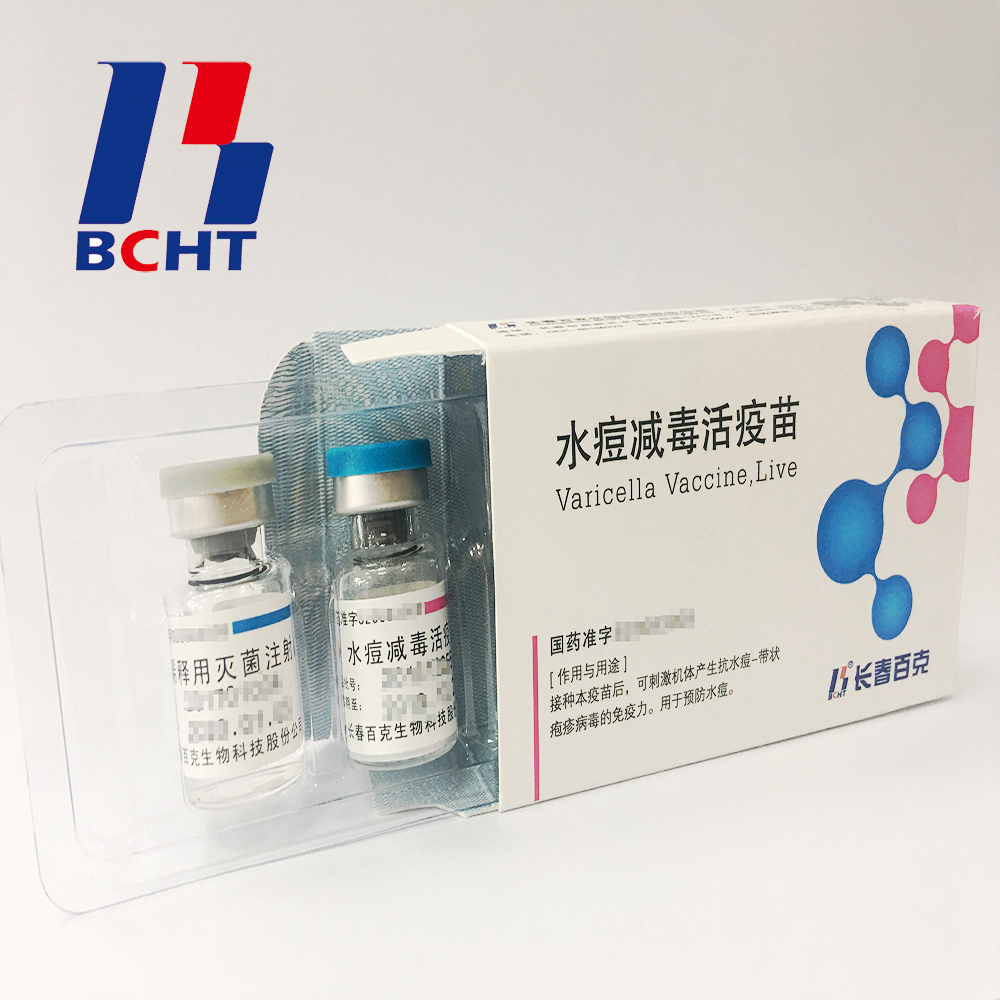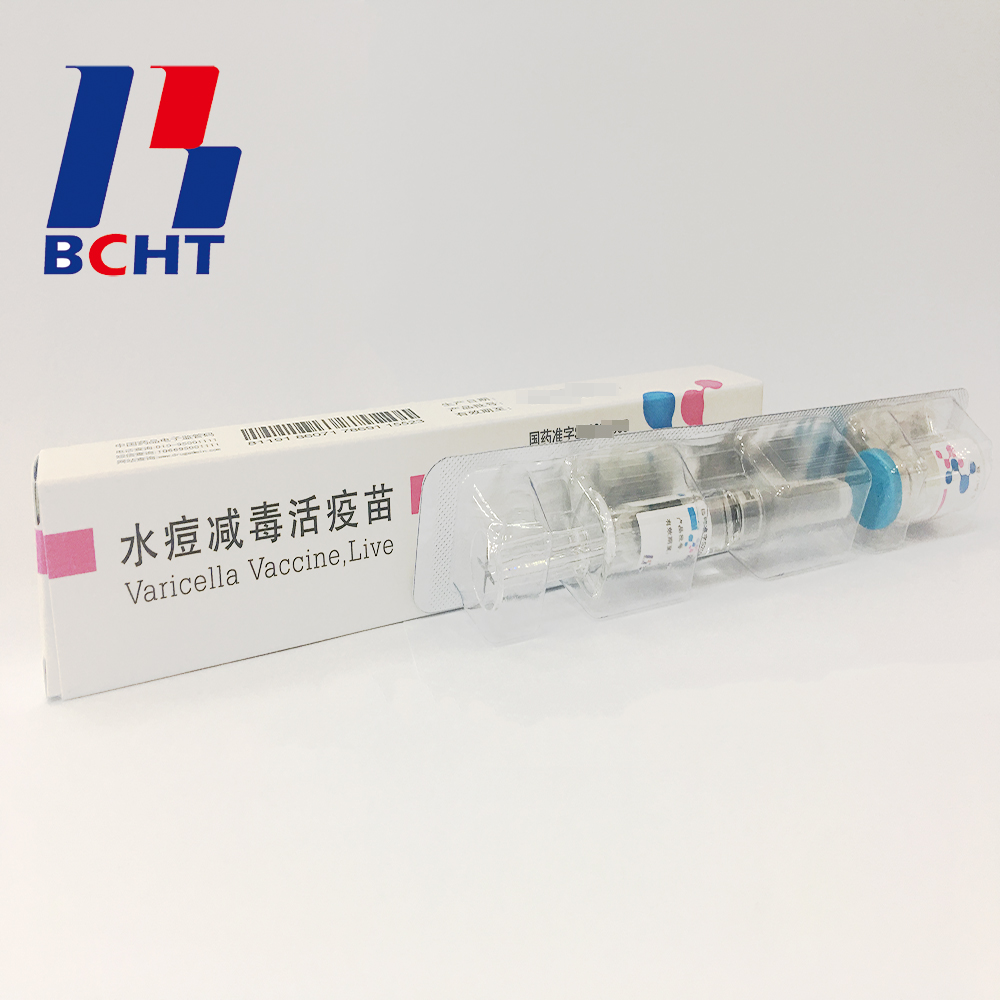Finished products of varicella vaccine. It has three qualities,good safety of gelatin-free, long validity period by good stability, better protection with high titer and immune efficacy. These improvements enhanced the vaccine safety and quality, and established BCHT the leading position in varicella vaccine. We have two different packages, penicillin bottle and pre-filled syringe. And it has been exported to other countries, such as India, Philippines.


Varicella Vaccine Finished Products
Finished Products Of Rabies Vaccine,Rabies Vaccine For Human Use,Live Biotechnology Chicken Pox,Live Lyophilized Vaccination
Changchun BCHT Biotechnology Co.,Ltd , https://www.ccbcht.net